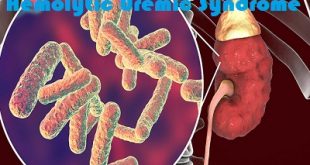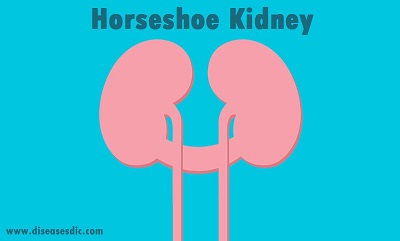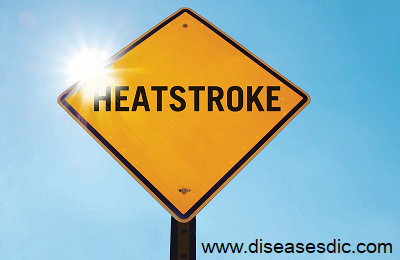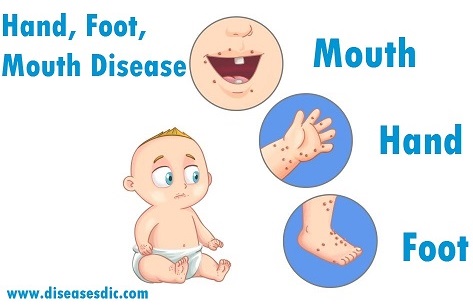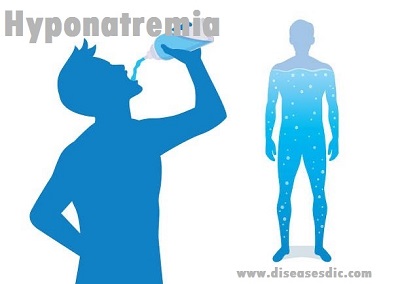What is hemolytic uremic syndrome? Hemolytic uremic syndrome, or HUS, is a kidney condition that happens when red blood cells are destroyed and block the kidneys’ filtering system. Red blood cells contain hemoglobin – an iron-rich protein that gives blood its red color and carries oxygen from the lungs to …
Read More »Hirsutism – Causes, Risk Factors, Treatment, and Prevention.
What is Hirsutism? Hirsutism is excessive hair growth in certain areas of a woman’s face and body, such as the mustache and beard area, that creates a “male pattern” of hair. Women normally can have fine, pale, faintly visible hair in these areas, but heavy hair growth in a male …
Read More »Horseshoe kidney- Diagnosis, Complications, and Treatment
Definition Horseshoe kidney occurs in about one in 500 children. It occurs during fetal development as the kidneys move into their normal position in the flank area (area around the side, just above the waist). With horseshoe kidney, however, as the kidneys of the fetus rise from the pelvic area, …
Read More »Heat Stroke – Definition, Causes, and Prevention.
Overview – Heat stroke Heat stroke is a form of hyperthermia or heat-related illness, an abnormally elevated body temperature with accompanying physical symptoms including changes in the nervous system function. Unlike heat cramps and heat exhaustion, two other forms of hyperthermia that are less severe, heat stroke is a true …
Read More »Hand, foot, and mouth disease- Prevention, and Treatment
Definition Hand, foot, and mouth disease (HFMD) is a common and contagious childhood illness, caused by a virus. The disease is easy to spot because of its classic symptoms sores or blisters inside and outside the mouth, as well as a rash (red spots) or sores on the palms of …
Read More »Hyponatremia – Classification, Causes, Symptoms, and Treatment.
Definition Hyponatremia is a medical condition termed for a low concentration of sodium in the blood (serum). It is usually discovered on laboratory tests as a lower than normal sodium level in the blood. It will appear as sodium or Na+ in your lab results. Actually, the main problem in …
Read More »Hemangioma- Overview, Complications, and Treatment
Definition Hemangioma is a type of benign (non-cancerous) tumor in infants. This abnormal cluster of small blood vessels appears on or under the skin, typically within one to three weeks after birth. Often, there is no mark or only a faint birthmark on the skin that brightens in color and …
Read More »Hypothermia- Causes, Treatment and Prevention
Definition Hypothermia is a medical condition. It occurs when you are exposed to bitter cold for a long time. Normal body temperature is 98.6°F. You have hypothermia if your body temperature drops below 95°F. Hypothermia also can occur in temperatures above 40°F. This is usually due to a person being …
Read More » Diseases Treatments Dictionary This is complete solution to read all diseases treatments Which covers Prevention, Causes, Symptoms, Medical Terms, Drugs, Prescription, Natural Remedies with cures and Treatments. Most of the common diseases were listed in names, split with categories.
Diseases Treatments Dictionary This is complete solution to read all diseases treatments Which covers Prevention, Causes, Symptoms, Medical Terms, Drugs, Prescription, Natural Remedies with cures and Treatments. Most of the common diseases were listed in names, split with categories.
